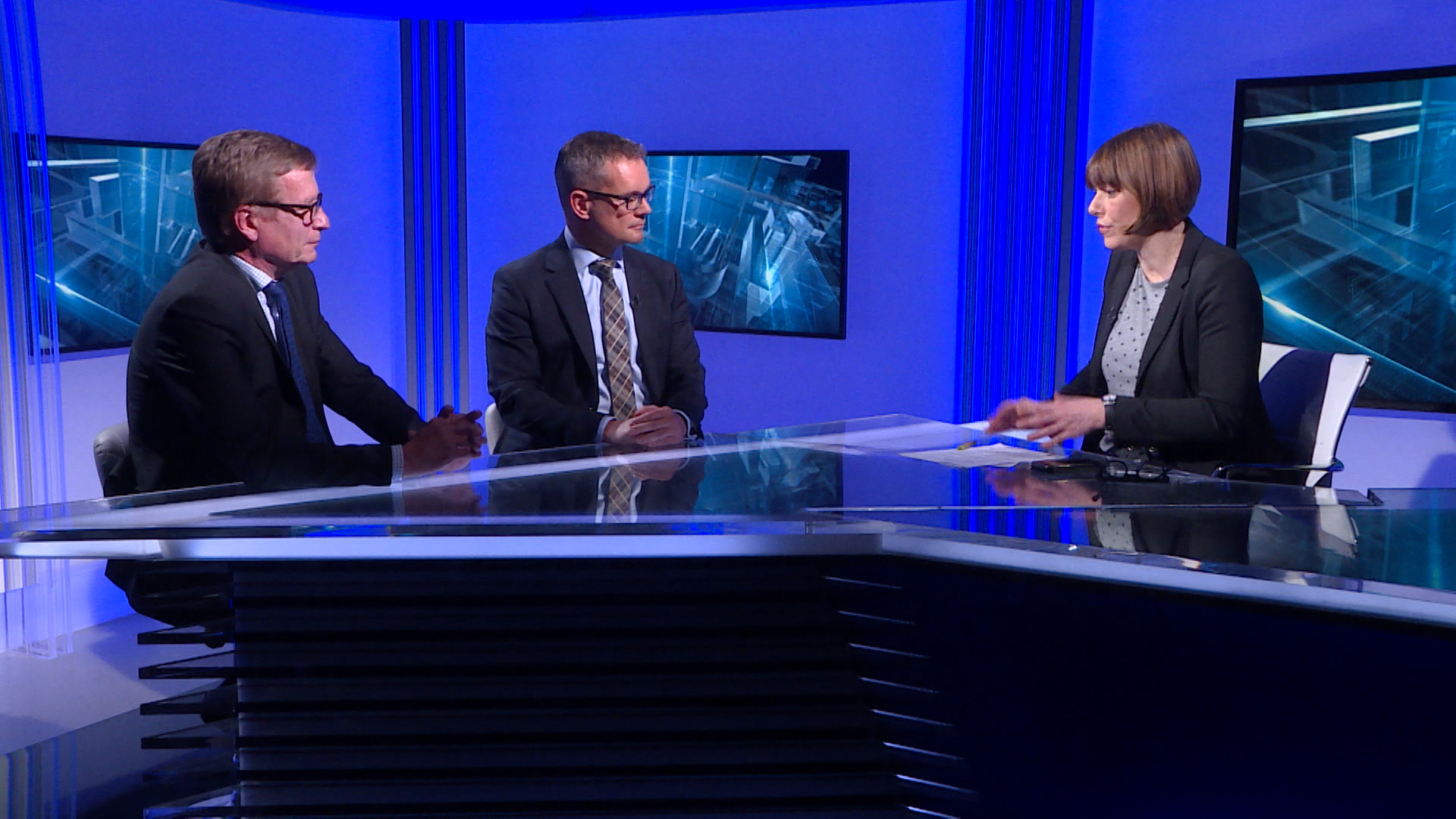Finland and Denmark's models may point to a better future for Croatia's docks

On April 17, the Croatian government will finally make its decision about the future of the shipyards in Croatia. N1’s Ivana Dragicevic sat down on Thursday with the Ambassadors of Finland and Denmark accredited to Croatia, Risto Piipponen and Christian Thorning, to discuss their countries’ experiences in the shipbuilding sector.
Two Croatian shipyards within the Uljanik Group - the Rijeka-based 3. Maj and the Pula-based Uljanik - have been suffering in agony for months after they have been hit by massive losses, bank accounts blocked due to unpaid debts to suppliers, order cancellations, and strikes.
On Thursday, Prime Minister Andrej Plenkovic said that the government would not sign off on a restructuring plan for the shipyards, which would cost the government a minimum of 7.5 billion kuna (€1 billion), saying the plan did not seem sustainable in its present form. However, Plenkovic added the government would keep exploring options to the help the Croatian shipbuilding industry.
Several drafts of restructuring plans have been submitted over the past year or so by the privatised Uljanik Group's management board, which were intended to be jointly funded by the government and a private company selected as a "strategic partner."
While debates are raging on which way to go forward for Croatia keep its storied shipbuilding industry afloat, Finland and Denmark, two maritime EU countries with a long tradition of shipbuilding, have come up with their own sustainable solutions for the industry.
"I think our stories are quite different. Croatian shipbuilding goes back some 160 years, we (in Finland) have had it even longer. The world is changing, which means that often industries in different countries face identical problems. So what Croatia has been experiencing has been experienced by the Finnish shipyards as well. At one point, the main shipyards were sold to the South Koreans, which didn’t work out too well. Then a few years ago, the Finnish government bought a minority share, with the intention of keeping it until they can sell to someone else, and at the same time, a major European shipbuilder Meyer became a major shareholder. Now we have a shipbuilding industry which is doing extremely well." Piipponen said.
"You just have to make sure you are the best in the world... You specialise, as we are doing, (building) big cruise ships and passenger ships, but we also have other shipyards, and we have subcontractors, they have to, quality-wise, also follow the same standards, and the timing is extremely important. You can’t lose half a day because that would ruin the whole plan of building a ship. A lot of small things, research and development, of course, and keeping the quality. We can be extremely optimistic about our situation," Piipponen added.
The overhaul of shipbuilding was part of a larger industrial shift in Finland.
"Of course, it’s not just shipbuilding, it’s structural reforms in industries in general. For instance, in Finland, there have been a lot of paper factories which have been closed. In a village where a thousand people have been working, there is nothing else, perhaps a few shops, what to do? Instead of pumping money into a factory which isn’t doing too well, the government has invested small amounts of money, €10-20 million, into these kinds of villages, and attracted new businesses, innovative businesses, and the results have been extremely good... The studies have shown that after a year or two years, 70-80 percent of those who became unemployed have already been employed again or have created their own business. All that with a minimal amount of money, instead of injecting huge quantities of euros into industries which are not surviving," Piipponen said.
Denmark, which also had a long shipbuilding tradition, has no shipyards left today.
"First I will say that the situation that the employees and their families are finding themselves in in Croatia right now in the shipyard, is very anxious, very dark. My sympathy is with them right now and I doubt there is anything I can say about our development that gives any comfort in the immediate situation... But nevertheless, Denmark also has a very long tradition of being a shipbuilding nation and ever since the Vikings crossed the oceans, we have developed it over the centuries. Yet, we came to the conclusion some 20 years back that it was no longer sustainable to operate shipyards in Denmark, and the last one we had closed some 10 years ago. There are no shipyards left," Thorning said.
However, the former shipyards were transformed and adapted to new technologies, and some are now building offshore windmills and robotics projects instead of ships.
"This was an ongoing process where all these considerations were taken into account. Now of course, it’s very important that you start thinking – then what? I had the chance to visit that last shipyard we closed some ten years ago in Denmark, last summer. It has transformed itself into something completely different.... I mean, they are now building big offshore windmills in the old turbine halls of the facilities there. At the same time, they have entered into cooperation with universities and research institutions to go into robotics and the digital agenda. Long story short, the fact of the matter is that there are now more people employed than there were when we had a shipyard at that time. In ten years they have transformed themselves. There might be a light at the end of - I admit - a very dark tunnel," Thorning added.
Follow N1 via mobile apps for Android | iPhone/iPad | Windows| and social media on Twitter | Facebook.
Kakvo je tvoje mišljenje o ovome?
Pridruži se raspravi ili pročitaj komentare



 Srbija
Srbija
 Bosna i Hercegovina
Bosna i Hercegovina
 Slovenija
Slovenija







